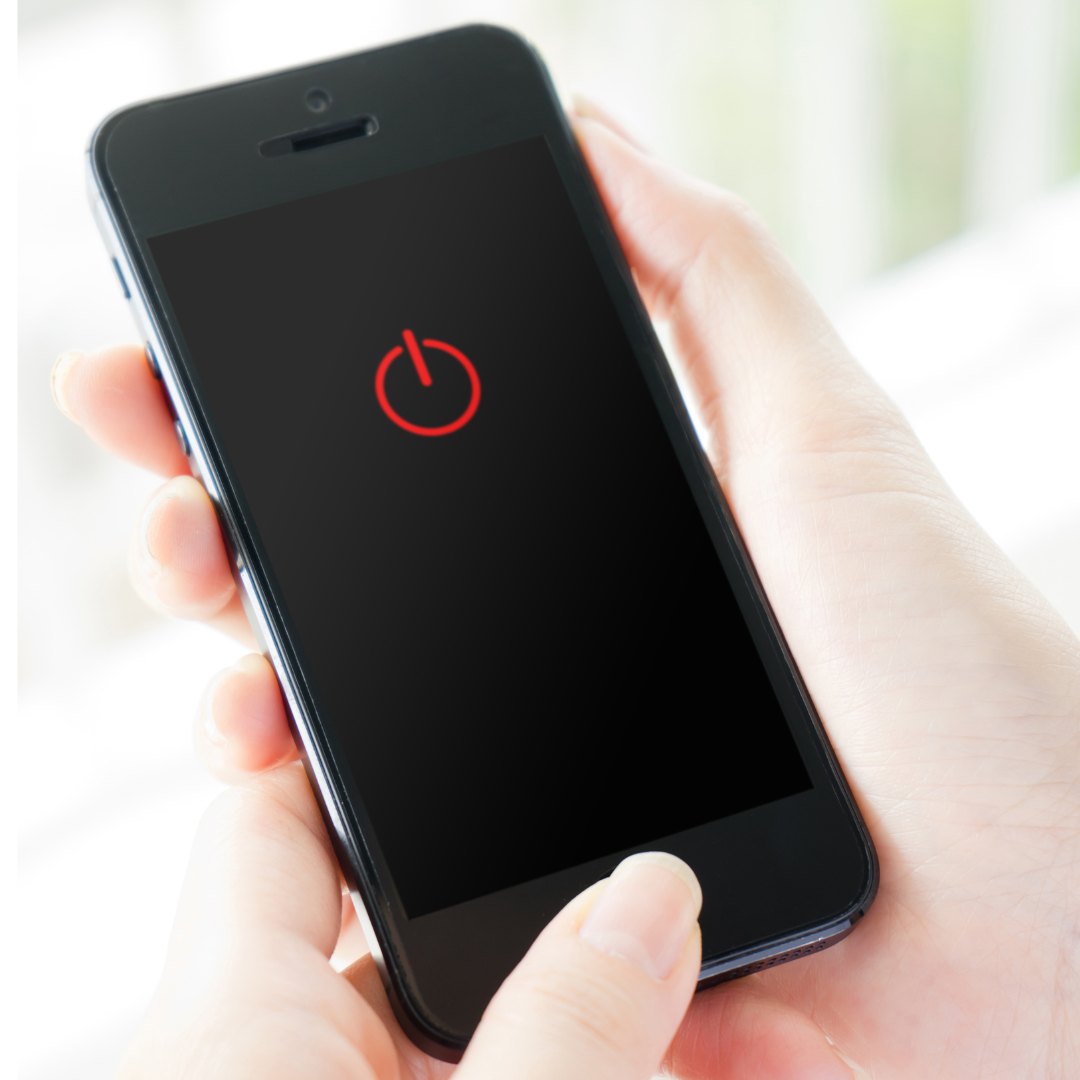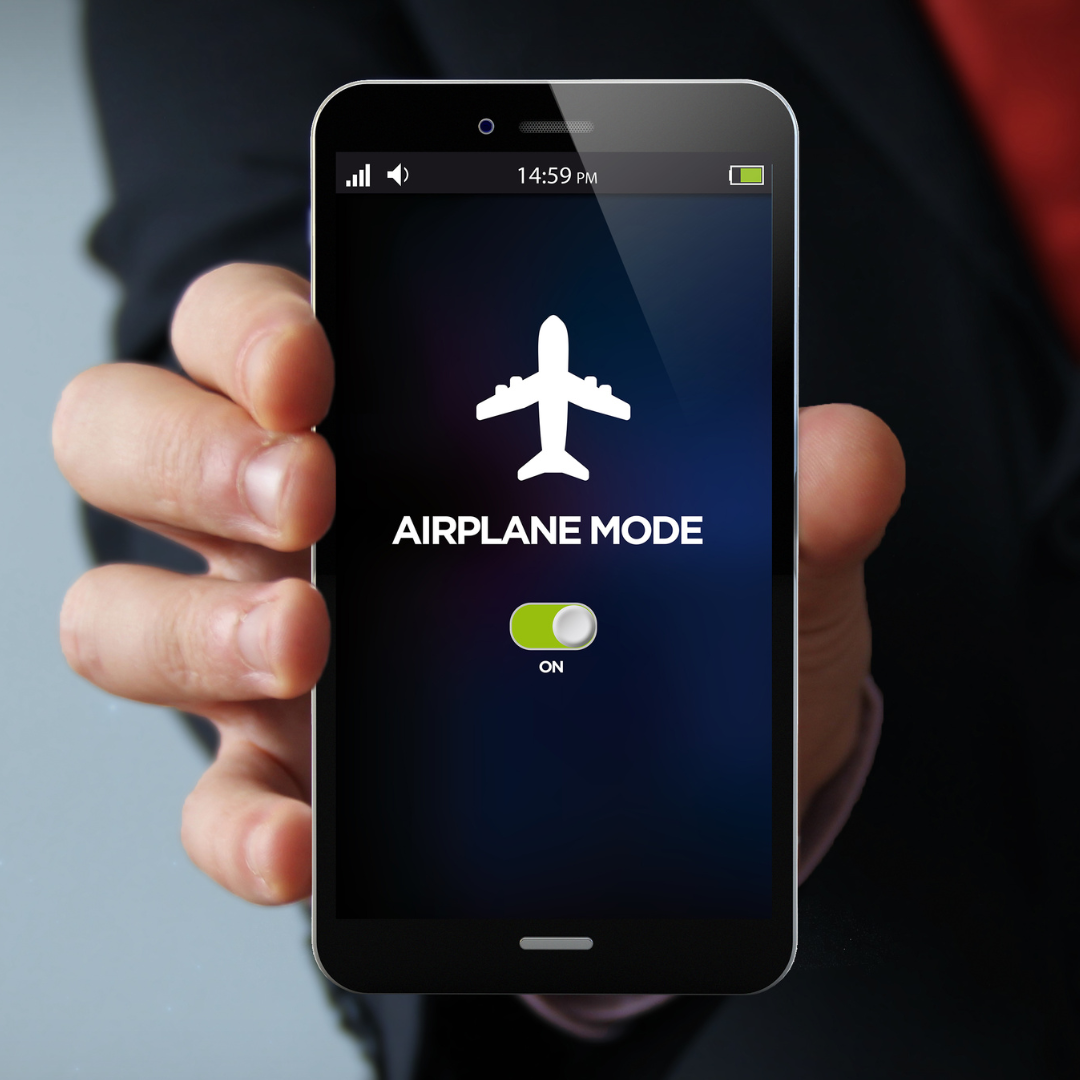

In the digital era, electromagnetic waves surround us constantly, from our smartphones to Wi-Fi networks to power lines. While these devices have become integral to our daily lives, there are concerns about the potential harm that exposure to these electromagnetic fields (EMFs) may cause, including a heightened sensitivity to EMFs.
This guide discusses why protection from EMF exposure is more important than ever before, how to tell if you’re sensitive to EMFs, and what steps you can take to safeguard yourself and your loved ones.

EMFs are emitted by a wide range of devices, including cell phones, laptops, Wi-Fi routers, and microwaves. While the level of exposure depends on the device and the distance from it, most people encounter EMFs on a daily basis through their use of technology. Even if you aren’t using a device, you may still be exposed from nearby sources, such as power lines or radio towers.
EMF exposure is a hotly debated topic, with many scientists and researchers taking vastly different stances on its potential risks. However, some studies suggest that long-term exposure to high levels of EMFs may have negative health effects on our bodies. Some of the risks associated with EMF exposure include:
While many of these studies are still in their early stages, it’s important to be aware of the potential risks and take steps to protect yourself.
The World Health Organization (WHO) has acknowledged that electromagnetic hypersensitivity (EHS) can have real symptoms for affected individuals. Research is still ongoing to determine the link between EHS and exposure to EMFs, but many individuals experience symptoms that vary in severity.
According to the WHO, the most commonly reported symptoms related to EHS are:
The first references to EHS were in Sweden in the 1980s. Then, in 2006, the first cases were identified in France. There’s a somewhat high prevalence of EHS in some European countries as well, including Finland, Sweden, Austria, Switzerland, and Germany. It’s important to note that any numbers on the prevalence of EHS is based on self-reporting, as it’s still a self-diagnosed condition.


Since EHS is technically a self-diagnosed condition, the best way to test for it is to monitor for common symptoms. If you think you have sensitivity to EMFs, you can try shutting off your electronic devices or going to a place where there tend to be less EMFs and checking your symptoms.
Here’s a quick checklist for testing your EMF sensitivity if you’re at home:
Turn off your cell phone or put it in airplane mode
Shut off your computer or laptop
Unplug your Wi-Fi router
Unplug electronic devices that aren’t being used
EMFs are produced by human-made structures such as electrical devices and power lines. They also come from natural sources like lightning. There’s a broad spectrum of electromagnetic radiation, from very low frequency (VLF) with longer wavelengths, to extremely high frequency (EHF) with shorter wavelengths. This spectrum includes everything from non-ionizing radiation (like radio waves, microwaves, and visible light) to ionizing radiation (such as X-rays and gamma rays).
Health concerns typically focus on non-ionizing radiation from human-made electrical devices and structures. Here are some high EMF producers (non-ionizing radiation) that are found in everyday environments:
Cell phones and smartphones: When in use, especially during calls or data transmission, cell phones and smartphones emit radiofrequency (RF) radiation, which is a type of EMF.
Wi-Fi routers and bluetooth devices: These devices emit RF radiation to transmit data wirelessly over short distances.
Microwave ovens: Microwave ovens use microwave radiation (a type of RF radiation) to heat food. The emissions are typically contained within the oven, but leakage can occur around the door seals.
Computers and tablets: These devices emit EMFs, especially when connected to Wi-Fi or Bluetooth. The levels are generally lower than those from cell phones.
Power lines: High-voltage power lines emit electric and magnetic fields. The intensity of these fields decreases with distance from the source.
Household electrical wiring and appliances: Everyday appliances (like refrigerators, hair dryers, and vacuum cleaners) and household electrical wiring generate EMFs, particularly when they are in use.
Electric cars: While operating, electric vehicles generate EMFs, especially due to their electric motors and battery packs.
Induction cooktops: These use electromagnetic induction to heat cookware directly, producing EMFs in the process.


The intensity of EMF exposure from these sources can vary depending on the distance from the source, the technology’s design, and how it’s used. For example, the EMF exposure from a cell phone decreases when it’s held further from your body.
Public health organizations, including the WHO and the International Commission on Non-Ionizing Radiation Protection (ICNIRP), provide guidelines that help you limit exposure to EMFs. By following their advice, you can mitigate potential health risks. These organizations also continuously review scientific evidence to update their recommendations.
It’s also worth noting that while there’s ongoing research into the health effects of EMFs, particularly from sources like cell phones and power lines, there’s no conclusive evidence yet that exposure to low-level non-ionizing EMFs is harmful to human health. However, minimizing exposure, for example by using hands-free devices for cell phones or limiting time spent near strong EMF sources, is recommended as a precautionary measure.
There are several steps you can take to reduce your exposure to EMF. For starters, you can use technology less frequently or avoid it altogether when possible. When using electronic devices, you can minimize exposure by holding them away from your body and turning on speakerphone or using headphones instead of holding the phone up to your ear. Additionally, you can invest in EMF shielding products, such as phone cases and laptop shields, to reduce your exposure even further
1. Limiting your use of electronic devices: While this may seem difficult in today’s digital world, it’s important to remember that the less exposure you have, the lower your risk of negative health effects. Consider taking a “digital detox” for a portion of each day, or avoiding screens altogether for a few hours each week.
2. Putting your phone on airplane mode: Your phone emits high levels of EMFs even when it’s not in use. By putting it on airplane mode, you can minimize your exposure to these waves.
3. Choosing low-EMF devices: When purchasing electronic devices, look for ones that emit fewer EMFs. You can often find this information on the manufacturer’s website or by doing a quick online search.
4. Using EMF protection devices: There are now a wide range of devices available that help shield you from EMFs, from EMF-blocking phone cases to electromagnetic radiation shields. These may offer additional protection against EMF exposure.


Your home may be one of the places where you’re most at risk for EMF exposure. To protect yourself and your family, consider taking the following steps:
As more and more people become aware of the potential risks of EMF sensitivity and over-exposure, a movement to protect ourselves from these waves is growing. By getting involved in this movement, you can help spread awareness, encourage more research, and push for safety measures to be put in place. Consider joining an advocacy group or attending local events on the topic.
While there’s still much to learn about the potential risks of electromagnetic radiation, taking steps to limit your exposure can help reduce your risk and safeguard your health. By following the tips in this guide, you can take control of your EMF exposure and join the growing movement to promote EMF safety.
Share